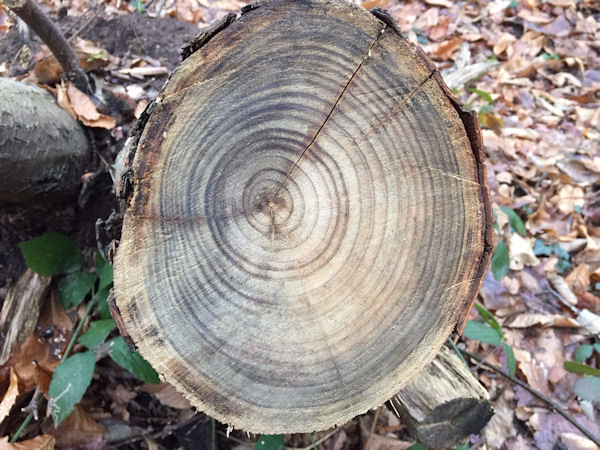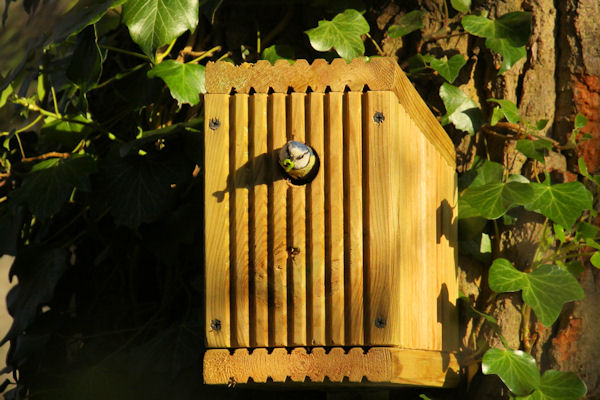A walk through Bicknor Wood
A diary traditionally starts at the beginning of the year and it seems fitting to catalogue the life of a wood as it awakes from its winter slumber. It also neatly coincides with a new year's resolution to watch the world turn from a fixed point.
But before all that, welcome to Bicknor Wood, 8.5 acres of ancient woodland purchased by the local community for protection in perpetuity.
A walk through the wood might begin from the westernmost point where three oaks line the road by the metal gate on Gore Court Road. A path heads east from here through the young stand of silver birch and English oak. To the right, coppiced sweet chestnuts line the wood's southern border with Bellway's Imperial Park development and a mysterious mound of earth plays host to hawthorn and dogwood. To the left an area of silver birches has historically been roughly treated and occasionally used as a camp.
About one hundred meters in, amongst some larger oaks, a path joins from the left leading from the gate to the Bicknor Wood housing development.
Up ahead the path splits and runs in an elongated loop to meet back on itself about 600 metres later. Within the loop are two distinct coppices of sweet chestnut as well as 6 mature oaks. Travelling clockwise around the loop, a walker can contrast the monocultured coppice on the right with the more varied mix of silver birch, elder, oak, ash and brambles on the left.
The furthest line of coppiced ash marks the northern edge of the wood where it meets the development also known as Bicknor Wood. This is frequently the most productive stretch of the walk for a bird watcher.
Towards the top of the loop, a large oak stands in the path. Just beyond, overlooking a small patch of open ground is the skeleton of a dead oak, burnt at the base. On a warm evening, the open expanse of sky here is a great place to watch for bats against a dusk sky.
Two openings, previously used as entrances to the wood have been blocked off in the extreme north-eastern and south-eastern corners. Continuing round into an oak-rich area the observant visitor might notice that Bicknor Wood contains both of the British native oak species, pendunculate oak (traditionally known as the English oak) and the sessile oak.
The path loops round now to return westwards, just inside the southern border of the wood. The houses seen through the wild cherry, coppiced chestnut and mixed-oak edge are from Redrow's The Coppice development.A coppiced chestnut which was cleared after falling across the path shows that it has been more than 20 years since the last cut. Holly and ivy-covered oaks indicate that the path is approaching the spur to the entrance for Imperial Park and just beyond, rejoins itself and heads back to the entrance on Gore Court Road. A walk starting and ending there will cover fractionally more than 800 metres.







As an "old" resident of Otham (in more ways than one!), it is interesting you mention the three oaks at the western entrance near Buffkyn Way. If Bellway had had their way they would have been removed. Residents, the Parish Council, our MBC Councillor and others made strong objection to this and fortunately they were preserved.
ReplyDeleteI'm very glad people objected and at least this part of the woods was saved
Delete